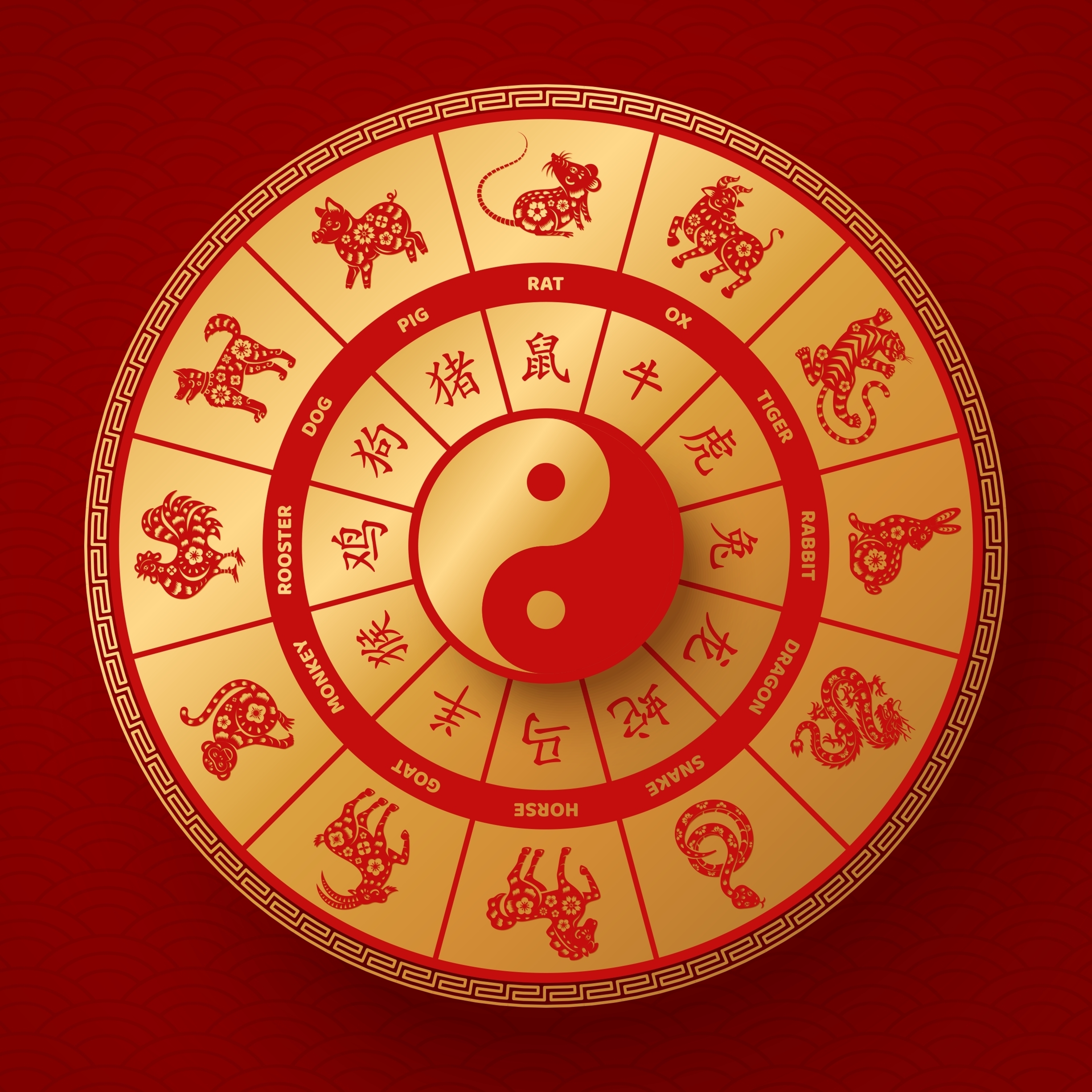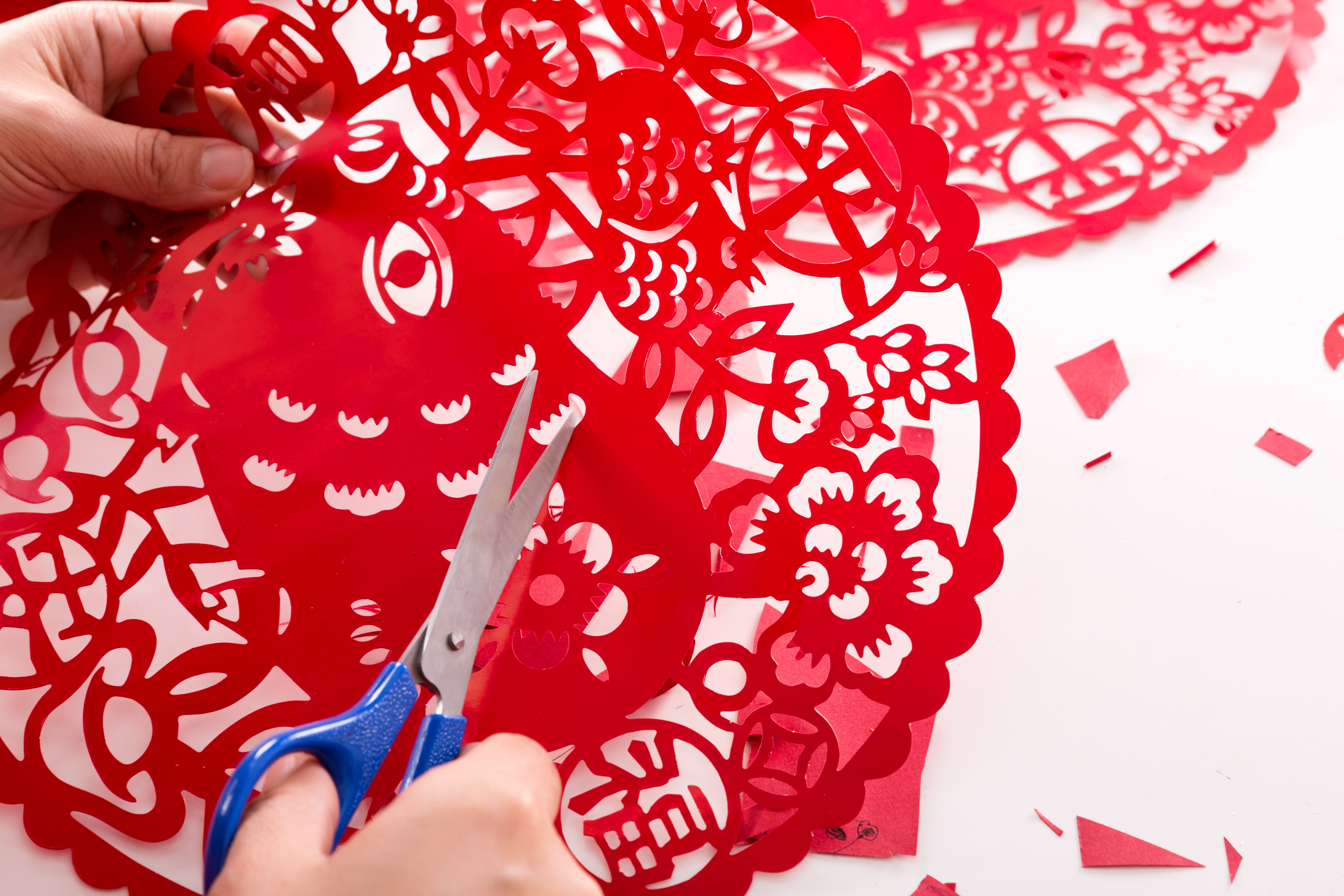The current Lunar New Year, which began on the 10th February 2024, is the ‘Year of the Dragon’ (龙年 lóng nián). According to the lunar calendar, each year is associated with an animal sign. Altogether there are 12 animal signs.

The dragon is the only sign that is a legendary animal. In Chinese culture, the dragon is regarded as the most powerful and auspicious animal, which is quite the reverse of the malicious monster that is often portrayed in Western literature. During China’s dynastic rule, only the emperor was allowed to wear clothes with dragon designs. In Eastern philosophy, the dragon is said to be a deliverer of good fortune and a master of authority and it represents strength, wisdom, luck and prosperity, which is why many Chinese people plan to have their children be born in the year of the dragon - it gives them a head start!
The table below shows the 12 animal signs and their corresponding years in the last cycle:
|
Year |
Animal sign |
Character |
Pinyin |
|
2012 |
Dragon |
龙 |
lóng |
|
2013 |
Snake (small dragon) |
蛇(小 龙) |
shé (xiǎo lóng) |
|
2014 |
Horse |
马 |
mǎ |
|
2015 |
Sheep |
羊 |
yáng |
|
2016 |
Monkey |
猴 |
hóu |
|
2017 |
Rooster |
鸡 |
jī |
|
2018 |
Dog |
狗 |
gǒu |
|
2019 |
Pig |
猪 |
zhū |
|
2020 |
Mouse |
鼠 |
shǔ |
|
2021 |
Ox |
牛 |
niú |
|
2022 |
Tiger |
虎 |
hǔ |
|
2023 |
Rabbit |
兔 |
tù |
In Chinese-speaking countries, the Spring Festival (春节 chūn jié) is a general term used to refer to the festival season. The festival traditionally begins on the first day of the first month in the lunar calendar and ends on the 15th day of the lunar calendar. The 15th is known as the Lantern Festival in the West, but 圆宵节 (yuán xiāo jié) ‘sweet dumpling festival’ in Chinese-speaking cultures as people eat sweet dumplings to mark the end of the New Year celebration.

The predominant colour for Chinese New Year decorations is red. Red paper cut-outs and couplets written on red paper devoted to the popular themes of ‘happiness’, ‘wealth’ and ‘longevity’ are used to decorate windows and doors. Children wear brand new clothes on this day and receive money in red envelopes, known as 红包 (hóng bāo), from their parents and grandparents.
The most common new year's greetings are: 新年快乐 (xīn nián kuà lè), 新年好 (xīn nián hǎo), and 恭喜发财 (gōng xǐ fā cái). The first two expressions mean ‘Happy New Year’ whilst the last one means ‘wishing you a Prosperous New Year’ and is mostly used in Cantonese speaking communities and in business circles. If you want to be very clever and say ‘Happy Year of the Dragon’, you need to say 龙年快乐 (lóng nián kuà lè). Check out the audio flip cards below to hear the correct pronounciations.
If you wish to learn more about Chinese culture and study Mandarin Chinese, visit this page where you can find free courses to sample, as well as paid online short courses which provide digital badges for attendance, and accredited courses.
Beginners’ Chinese with 30 credits will be open for registration in April/May for an October 2024 start.Details of how to register will be published on this page soon.




Rate and Review
Rate this article
Review this article
Log into OpenLearn to leave reviews and join in the conversation.
Article reviews